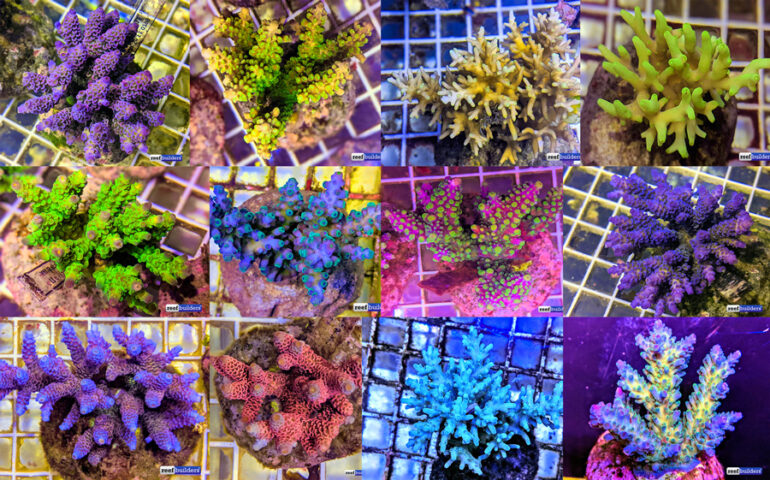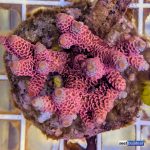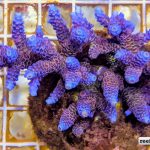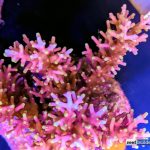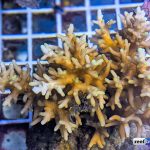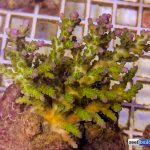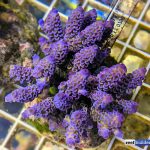A year and a half doesn’t seem like a very long time but it’s an eternity for rabid coral collectors, and even more so for the coral farmers who’ve gone without income for so long. Thankfully after extensive lobbying, negotiations and lots of new regulations, we’re on the cusp of seeing the first new legal shipments since 2018.
Our Indonesian coral farming correspondent Vincent Chalias is one of those coral farmers and in addition to keeping everyone informed about what’s going on in Indo, the last several weeks he’s been busy getting all his ducks in a row. Not only does he have to take care of, harvest and process the corals themselves for shipping, extensive waves of audits and inspections are required to comply with all the new regulations before any shipments can be exported.
We are super excited to see our old favorite Indonesian corals again, especially all the fancy strains that put Bali Aquarium on the map in the first place. Shallow water species include the beloved Acropora tenuis and A. millepora in a wide range of colors, and the yellow-leaning Acropora microclados of Pink Floyd, Pikachu and Strawberry Shortcake fame.
These SPS species are nice and welcome but they are also available from wild Australia so the cultured Acros we’re most excited about are the sweet Acropora granulosa, A. suharsonoi, A. plana and A. gomezi that really typify tropical coral reefs of central Indonesia. We once took these for granted since whole small colonies could sometime be acquired for very reasonable prices but with the sky high demand and very scarce supply, these cultured corals, especially the first waves from Indo after 18 months of absence will be priced accordingly.
We’re very grateful for this sneak peek of Indo cultured corals from Bali Aquarium, especially with everyone involved trying to grapple with all the logistical and legal hoops they have to jump through. We’re just a few days away from seeing these exact corals pictured here landing in tanks of American coral dealers and hopefully these will be the first of many more to come, both to satisfy our desire for more and different corals, but mostly for the coral farmers in Indonesia who’ve dedicated their lives to this highly sustainable source of income.


